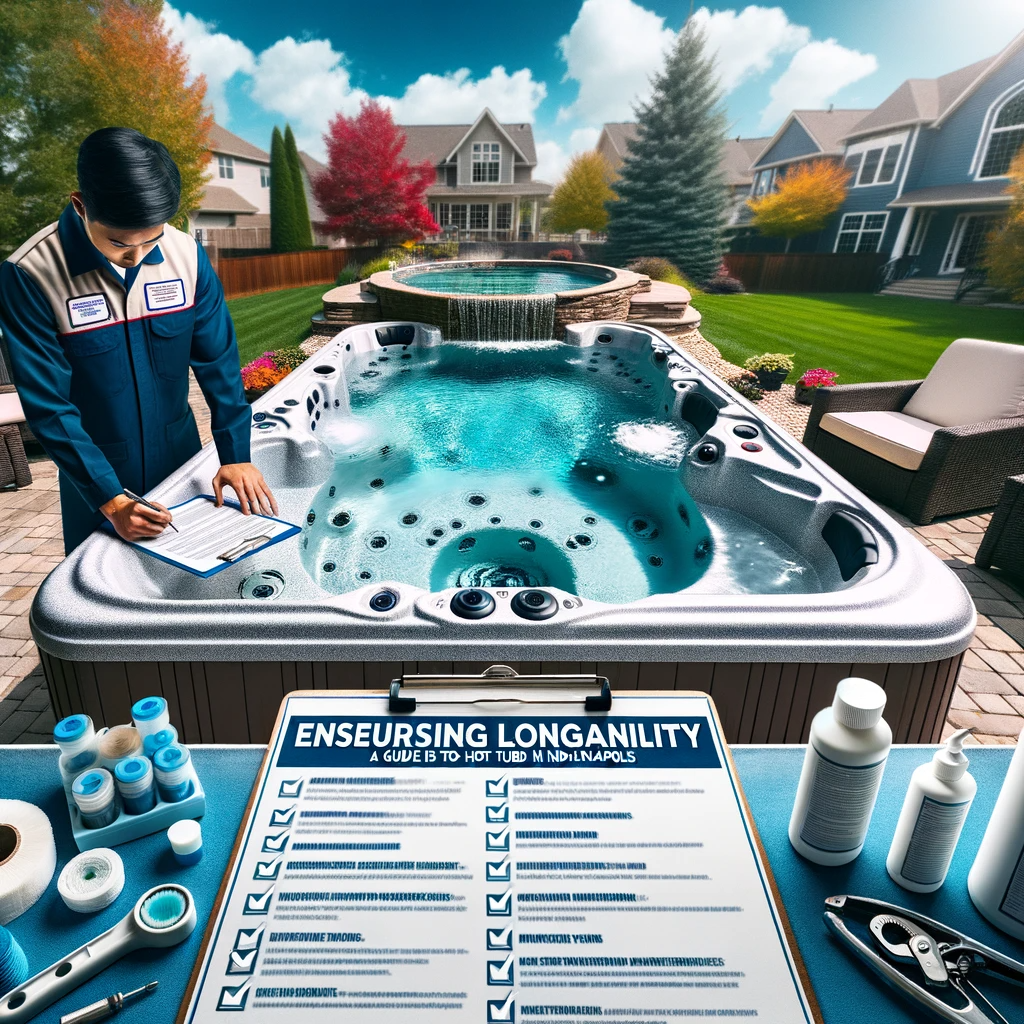Ensuring Longevity: A Guide to Hot Tub Maintenance in IndianapolisEnsuring Longevity: A Guide to Hot Tub Maintenance in Indianapolis
Investing in hot tubs in Indianapolis is just the beginning; maintaining their pristine condition is the real journey. With the city’s unique weather patterns and conditions, hot tub care takes on a whole new dimension. This article will guide you through the intricacies of hot tubs Indianapolis maintenance, ensuring longevity and uninterrupted relaxation.

1. Regular Cleaning: More Than Just Water
While keeping the water clean is paramount, it’s equally vital to regularly clean the tub’s surfaces, filters, and covers. A gentle, non-abrasive cleaner works best to prevent scratching the surfaces.
2. Water Quality: Striking the Right Balance
- pH Levels: Aim for a pH level between 7.4 and 7.6. Anything outside this range can harm the tub’s equipment and irritate the skin.
- Sanitizers: Use chlorine or bromine to keep the water free from bacteria and algae.
- Total Alkalinity: This should be between 80-120 ppm to ensure the water’s pH remains stable.
3. Filter Care: The Heart of Your Hot Tub
Regularly rinse the filters with a hose to remove debris. Deep cleaning, involving soaking them in a filter cleaner, should be done every 3-4 months. Replace filters every 1-2 years, depending on usage.
4. The Indianapolis Freeze Factor
Indianapolis winters can be harsh. If you’re not using your hot tub during these colder months:
- Drain the water.
- Ensure all water is out of the pipes to prevent freezing and damage.
- Use a quality cover to protect from snow and ice.
5. Cover Maintenance: Your First Line of Defense
Regularly clean and condition your hot tub cover to prevent wear and tear. Look for signs of sagging or damage, as this can affect its insulating capabilities. Replacing a deteriorated cover is essential to maintain energy efficiency.
6. Inspecting Equipment: Stay Ahead of Issues
Regularly inspect pumps, heaters, and other equipment. Listen for unusual noises and check for leaks. Addressing small issues promptly can prevent more significant, costly problems down the line.
7. Water Change: Refresh and Renew
Regardless of how well you maintain the water quality, aim to change the water every 3-4 months. Fresh water ensures optimal performance of the sanitizers and provides a more enjoyable soaking experience.
8. Safety First: Electrical Components
Given the combination of water and electricity, always hire a professional for any electrical-related maintenance or issues. Regularly inspect power cables, switches, and control panels for any signs of wear.
9. Spa Accessories and Enhancements
If you’ve invested in additional accessories like spa pillows or jet upgrades, follow manufacturer guidelines for their care. Regularly inspect them for signs of wear and replace when necessary.
10. Professional Inspection: An Ounce of Prevention
Consider a yearly professional inspection. They can spot potential problems early on, ensuring your hot tub remains in optimal condition for years.
Conclusion
While hot tubs in Indianapolis offer a luxurious escape, their maintenance requires diligent care, especially considering the city’s climate challenges. By following this comprehensive guide, you can ensure your oasis remains a source of joy, relaxation, and longevity.

